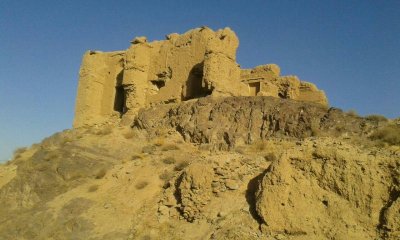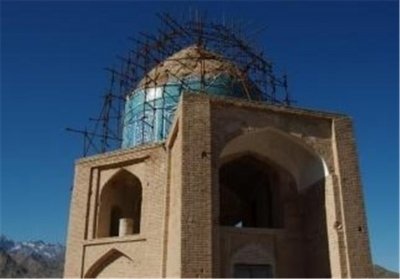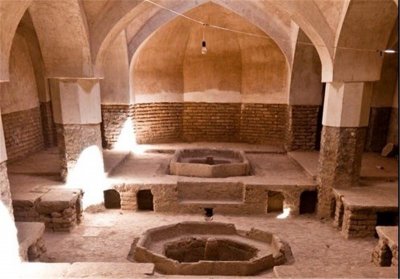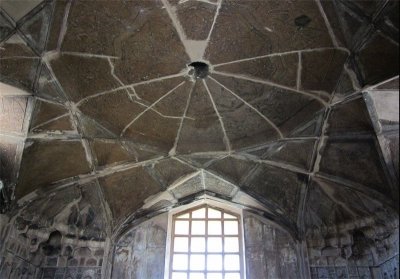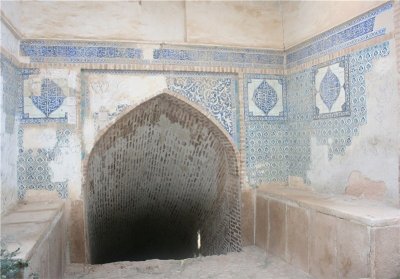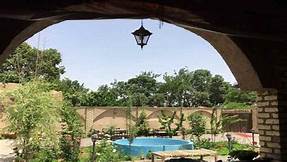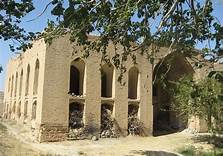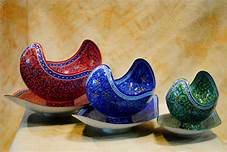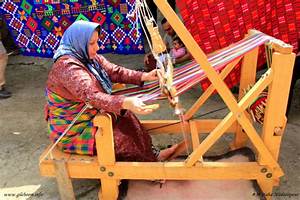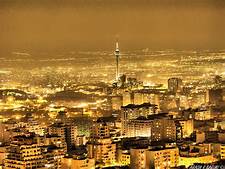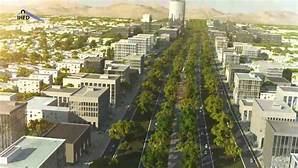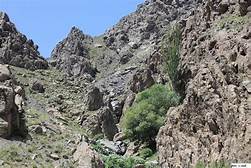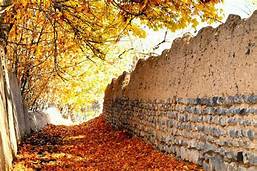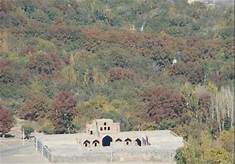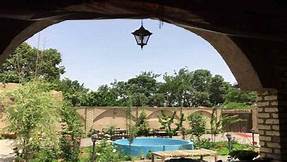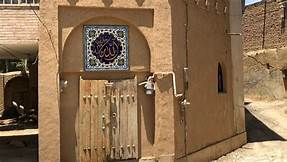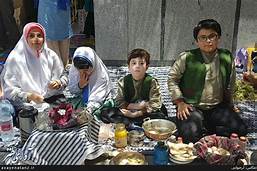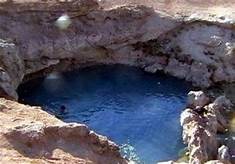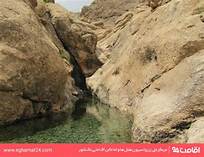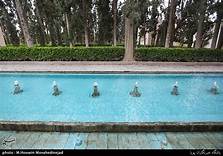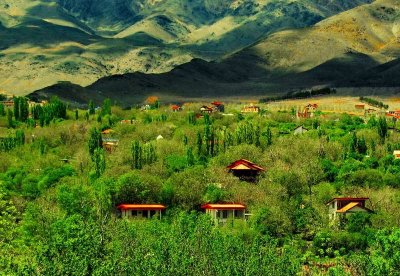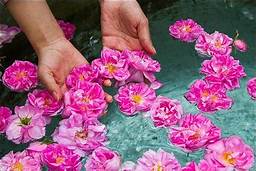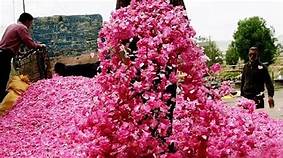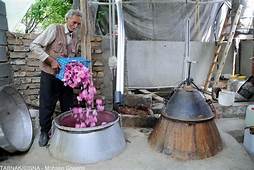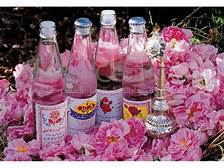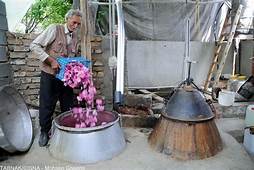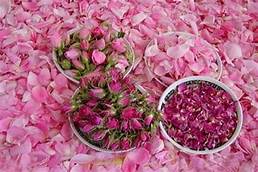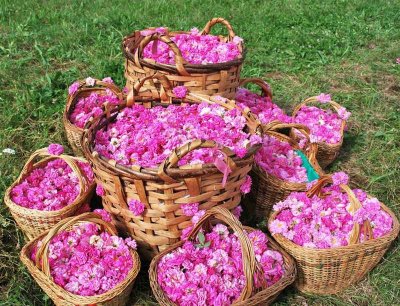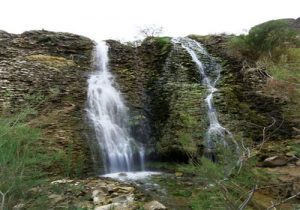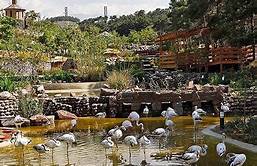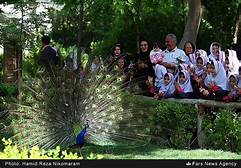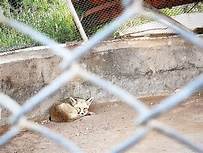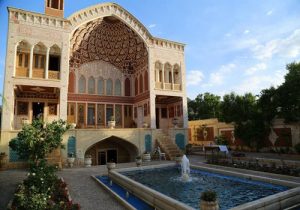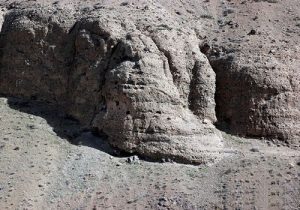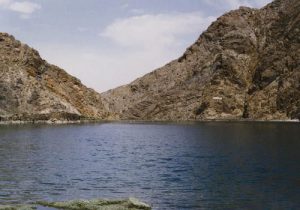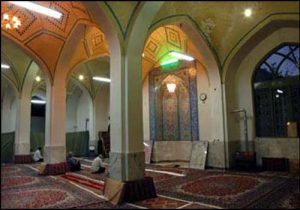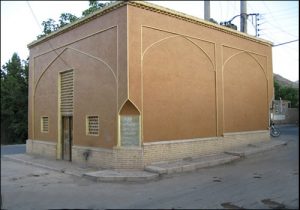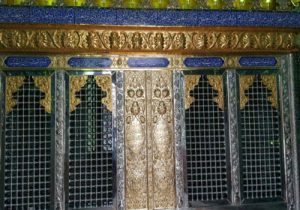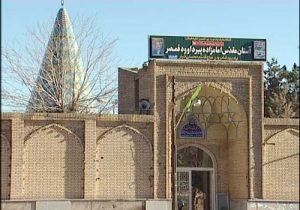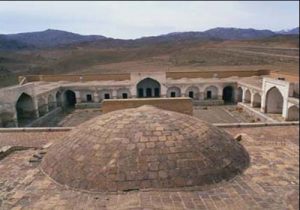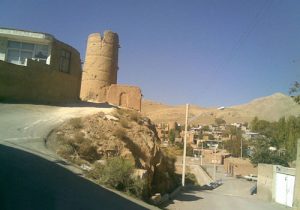Ghamsar city is located 25 km south of Kashan and 40 km northwest of Natanz. Qamsar is one of the subdivisions of Kashan, with a population of about 40,000. The city is famous for its rose gardens, special rosewater and rose-picking ceremonies.
Ghamsar Kashan has a very pleasant climate in spring, although it is located 30 km from the desert, but due to the mountainous climate and its location at an altitude of 2000 meters above sea level, as well as its existence among very high mountains, it has caused the climate. It is very versatile. Qamsar has a pleasant summer and winter with mild cold
This city is the center of production of all kinds of herbal infusions and roses in Iran, which is why it is known as the capital of flowers and rose making, and even its roses are very popular in foreign countries. For this reason, the Ghamsar rose watering festival in Kashan is held every year.
As we have said, there are many flower gardens in the city of Qamsar, and a workshop has been built next to each of these gardens to watch the rose-picking ceremony. Every year, after the weather warms up, the rose-picking ceremony begins, which is almost from mid-April to mid-May.
In Ghamsar city, there are various types of cold products, such as almonds, walnuts, hazelnuts, apricots, pears, yellow plums, apple trees, pears, cherries, persimmons, grapes, peaches, and algae. Peach, bergamot (a variety of pears), varieties of Barghani plums (Bukhara), but carpet weaving and jajim weaving are other high quality products of Qamsar that you can prepare and take as a souvenir.
Ghamsar tourism works of Kashan
Qamsar Dam
This structure, which is located 5 km north of Qamsar and 30 km south of Kashan city, in the area of Qamsar river towards Kashan, is one of the attractions of Qamsar. The construction of this building is in the fifth century AH.
Bird Garden
Today, you can see bird gardens by visiting most cities, but the 10,000-hectare Qamsar Bird Garden has thousands of birds from 17 countries and native birds of Iran and the Kashan region.
khatoon House
This mansion, which has a traditional architecture, is very beautifully designed and decorated in the architectural style of the mansions of Kashan. The unique architecture has been used in the construction of this mansion. Also, the doors of this house and its entrance have a traditional style with clones and It is a porch, used in the display of straw and original Iranian paintings, and in the decorations of Mogharnas, knot making, formalization and architectural styles of different Iranian and Islamic periods have been used.
Hole or house vero
In the historic village of Muslim Abad, formerly known as Gabar Abad, in the heights of the Wall of the Mountain, pre-Islamic artifacts can be seen that were most likely religious in nature and were later used by bandits. Vero was the name of a bandit who used it as a base to control and loot caravans in the distant past due to its high altitude.
Band of Ghohrood
It is the name of an old summer area in Qamsar that has a pleasant climate and makes people happy. Qahroud Dam, 12 km south of Qahroud village, is built of stone and mortar in the middle of a deep valley that separates the two mountain ranges a short distance apart. The history of the construction of this historical dam dates back to the Safavid era.
central Mosque
This mosque, which is located in the center of Qamsar city, is one of the religious places of the city, which is highly respected by the residents, and has its own architecture.
Imam Hassan Mosque
One of the important historical monuments of Qamsar is Imam Hassan Mosque, which has a history of nearly 700 years. The oldest part of this mosque is its altar, which has a special and beautiful plastering that has two large and small crescent arches that are built on top of each other and decorated with two Quranic inscriptions on both sides.
Shrine of Imamzadeh Suleiman
One of the Imamzadegan of Qamsar is Imamzadeh Soleiman, which is located in the lower street of Qamsar. It is interesting to know that every year during the days of Ashura and Ramadan, the people of Kashan and Qamsar enthusiastically dust the ruby of this place.
Shrine of Imamzadeh Pir Davood
This religious place is the tomb of Pir Davood, a descendant of Hazrat Ali, who is the brother of Suleiman and is located on Vali-e-Asr Street in Kashan. The magnificent building, with an area of approximately 1,000 square meters and a conical dome of 16 cracks, is decorated with turquoise tiles.
Abbasi Caravanserai
This caravanserai, which is located near Qamsar, belongs to the Safavid period. Due to the location of this area on the ancient Silk Road, it was built by Shah Abbas for the well-being of most caravans and merchants. It is on the list of national monuments
Hassan Karr Tower
Its original name is Hassan Tarefi Tower. It was built during the reign of Qajar kings. The tower has three floors and its height is approximately 75 meters, and with its adjoining rooms, it has a total of 130 square meters under the building and can be seen from a distance.
